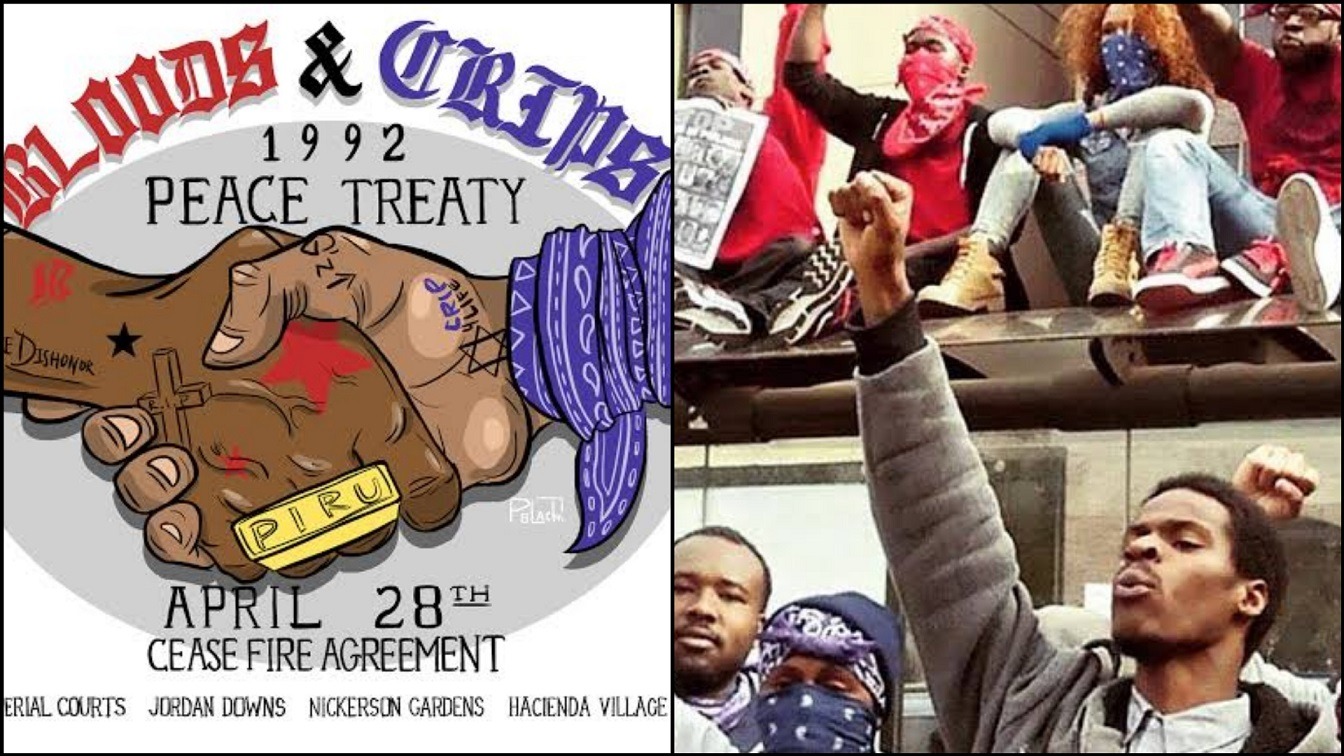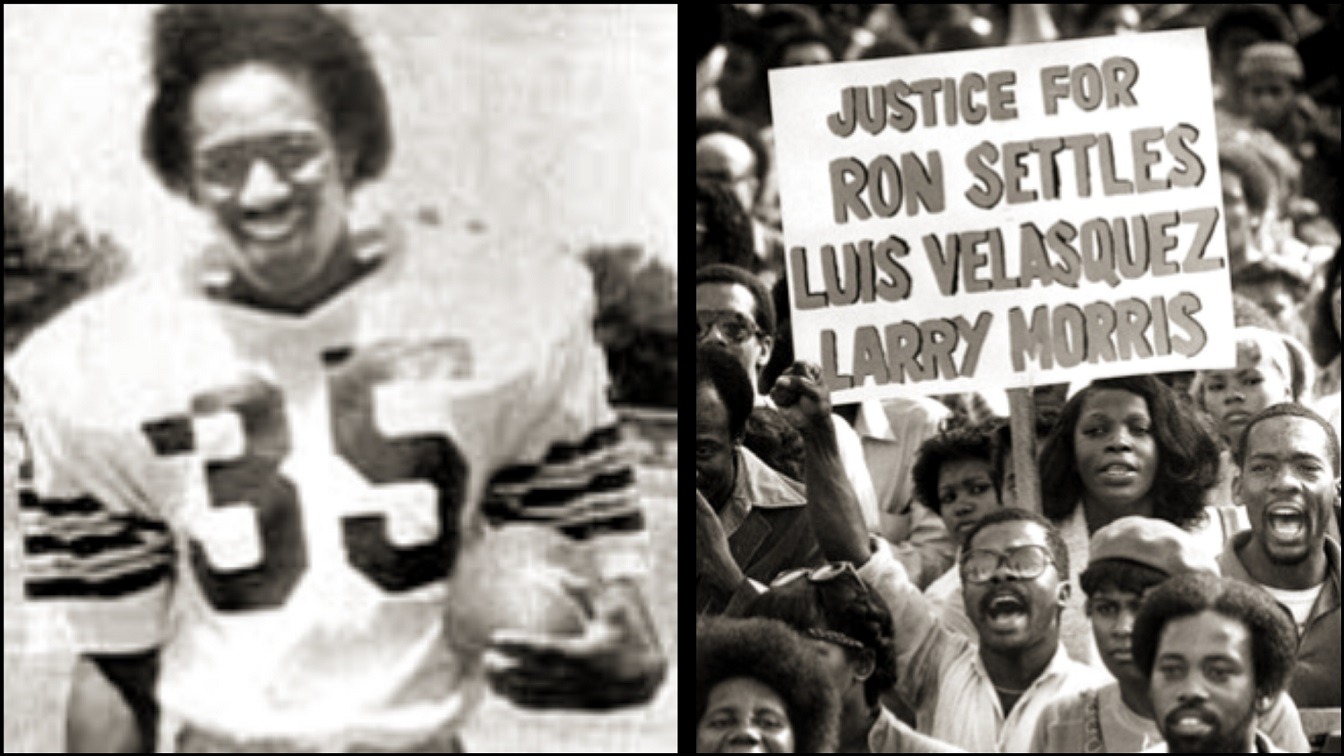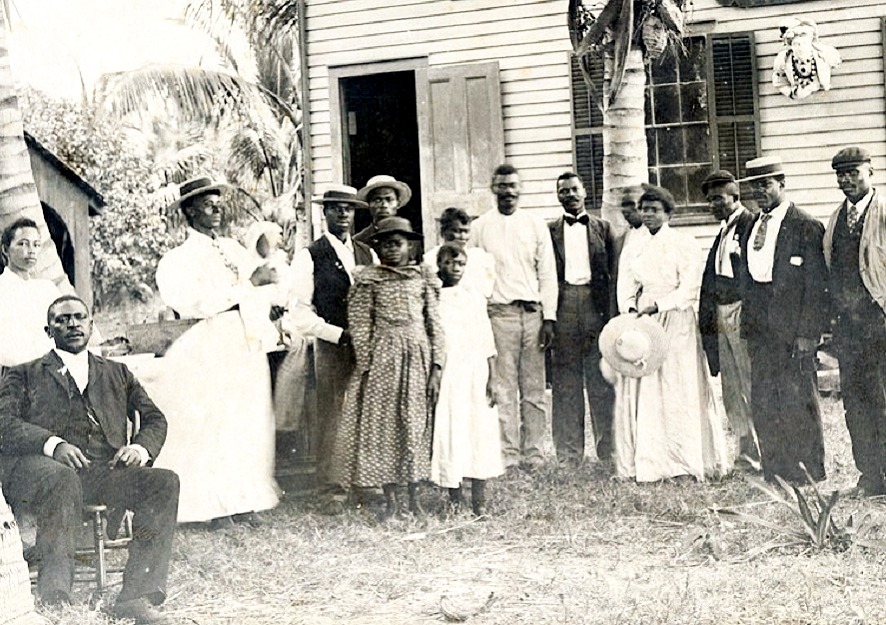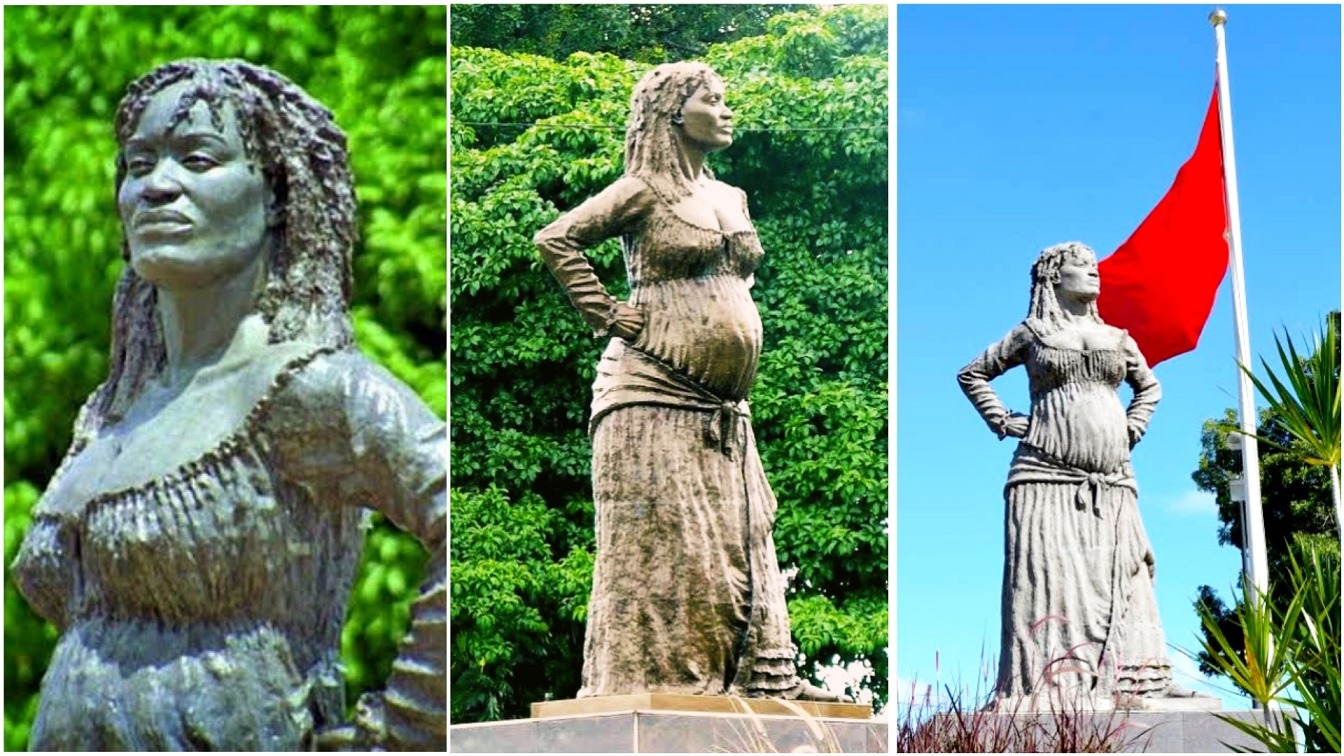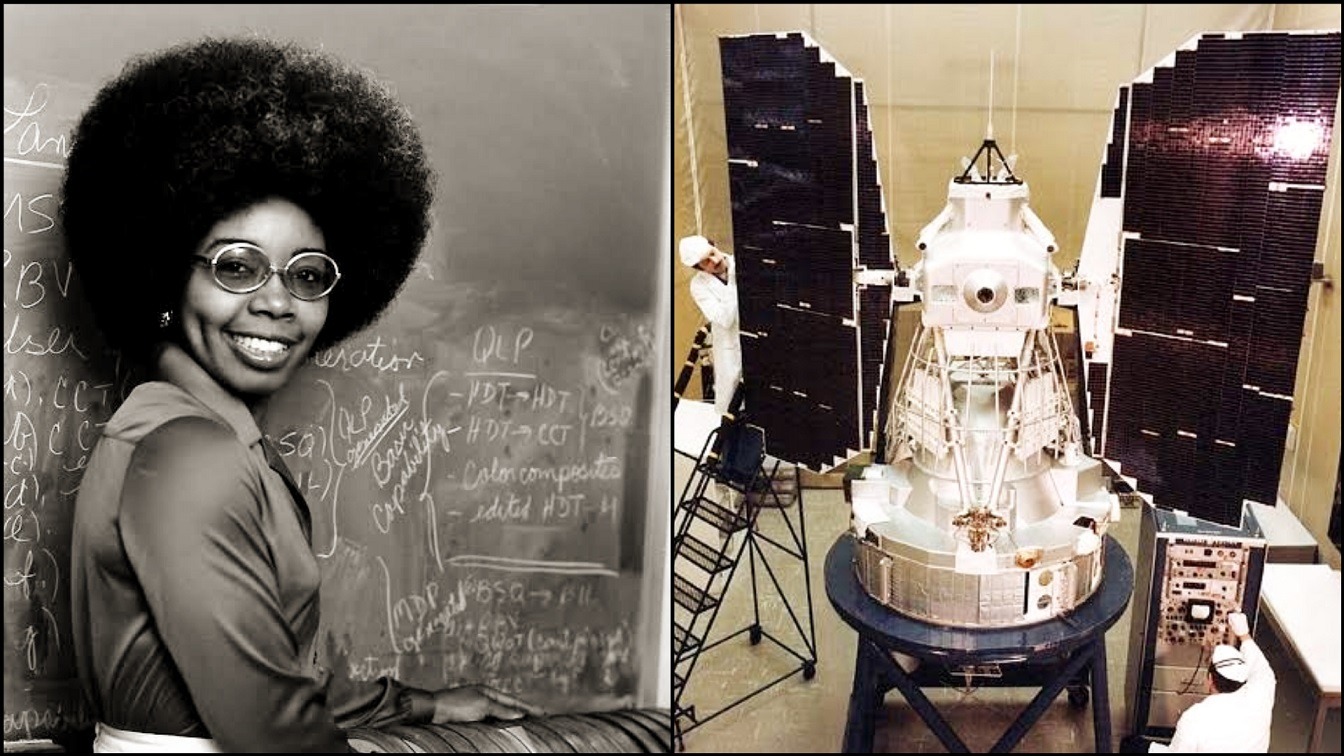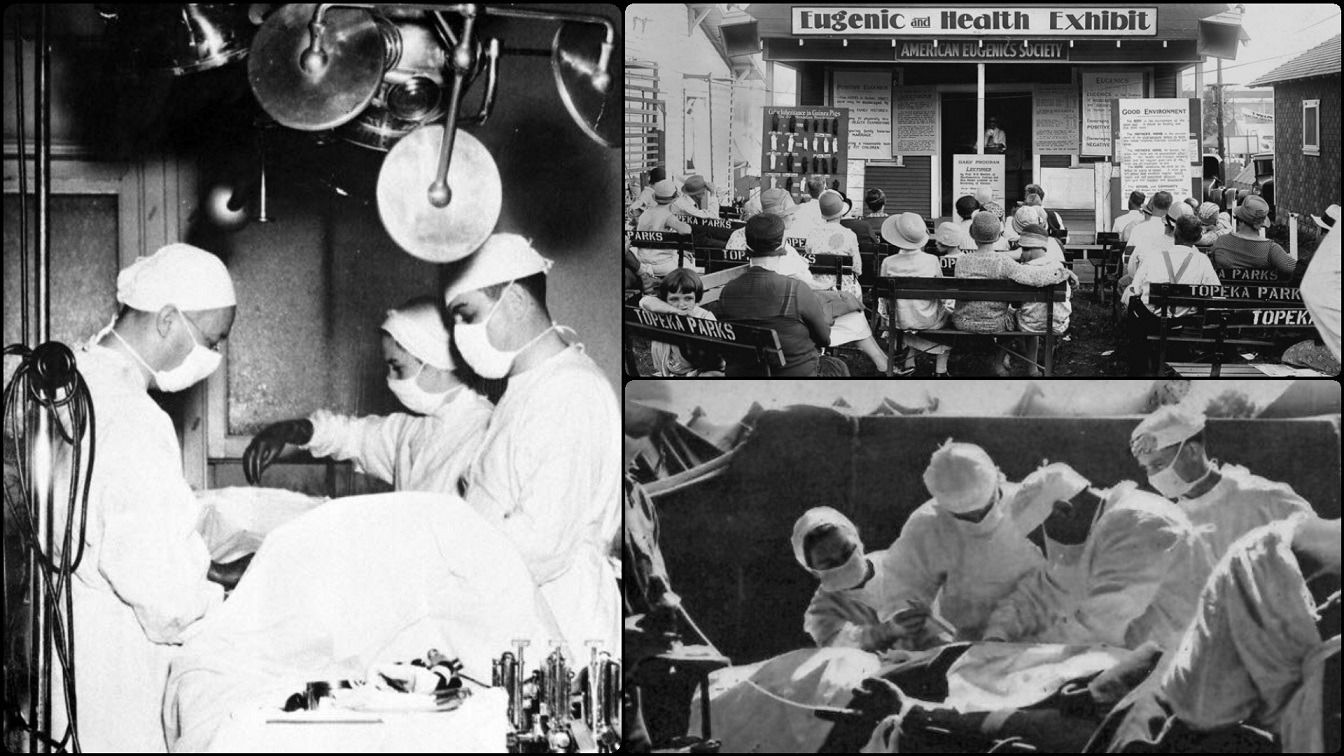The Watts Truce was a peace deal reached between the Blood and Crips street gangs in Los Angeles, California, mostly in the Watts district. The Watts Truce took place just a few days before the Rodney King Riots. This truce played an important role in the reduction in street violence in Los Angeles following the 1990s.
This truce played an important role in the reduction in street violence in Los Angeles following the 1990s. Raymond Lee Washington and Stanley Tookie Williams started the Crips Street Gang in the late 1960s. As the Crips’ dominance rose in Los Angeles in the early 1970s, many independent gangs formed a coalition to combat them, including the Brims, Pirus, Bishops, Bounty Hunters, Athens Park Gang, and Denver Lanes. That alliance became known as the Bloods.
Both gangs aggressively recruited members in South Central Los Angeles, Watts, and neighboring Compton. As both gangs developed to thousands of members, the struggle between the two gangs became more intense, progressing from fist fighting to the use of guns during gang feuds. In the 1980s, the arrival of crack cocaine and gangs’ access to high-powered firearms heightened the war. By the late 1980s, the two gangs had a combined membership of more than 50,000 people, making them the largest street gangs in US history.
Following the death of Karen Toshima, a 28-year-old Japanese American woman in the city’s Westwood district near the UCLA campus, the first attempt to make peace between the gangs happened in 1988. Rev. Charles Mims Jr. hosted a peace summit in South Los Angeles to mediate a truce. Despite this effort, the peace summit was unable to put an end to the violence between competing gangs.
In 1989, Nation of Islam leader Louis Abdul Farrakhan visited Los Angeles and delivered his “Stop the Killing” address, which intended to reduce gang violence. A year later, he returned to Los Angeles and delivered a second address in the Los Angeles Memorial Sports Arena, which was packed with Bloods and Crips, but the intergang bloodshed persisted.
Blood and Crip gangs from the Watts neighborhood finally reached an agreement in April 1992. The truce was heavily influenced by four gangs. The Bounty Hunters bloods from the Nickerson Gardens Housing Projects, Grape Street Watts bloods from the Jordan Downs Housing Projects, Hacienda Village Bloods from the Hacienda Village Projects, and PJ Watts Crips from the Imperial Courts Housing Projects.
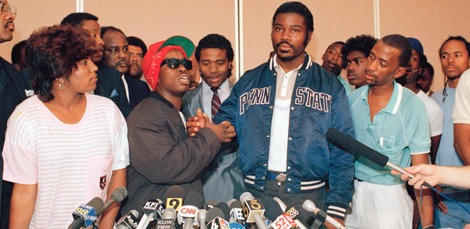
A peace deal was signed between the gangs on April 28, 1992. The competing gangs agreed to confront police abuse and minimize violence in their neighborhoods. The peace pact was inspired after the 1949 Armistice Agreement between Israel and Egypt to halt official hostilities in the 1948 Arab-Israel War, which was signed at a Muslim Mosque in Watts.
The Watts Truce was overshadowed one day later by the Rodney King Riots in Los Angeles. Following the Riots, other Blood and Crip gangs declared their peace. Bangin on Wax by Bloods and Crips was released in 1993 by Richard “Tweedy Bird Loc” Johnson and Ron “Ronnie Ron” Phillps. The hits “Piru Love,” “Steady Dippin,” and “Bangin on Wax” are included on the album. Bangin on Wax was certified gold after selling over 500,000 units. Even though gang violence in Los Angeles would continue, the Watts Truce was credited as a crucial element in the subsequent fall of street violence in Los Angeles.
